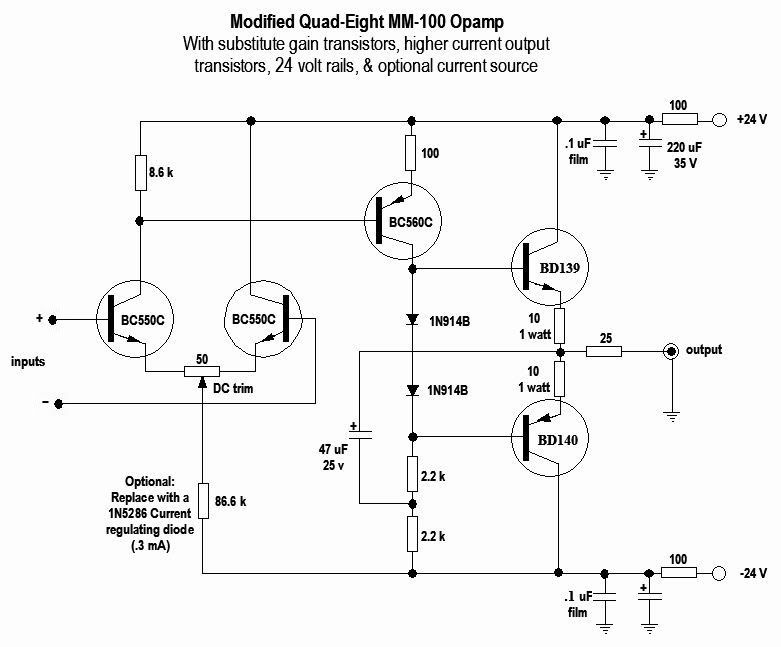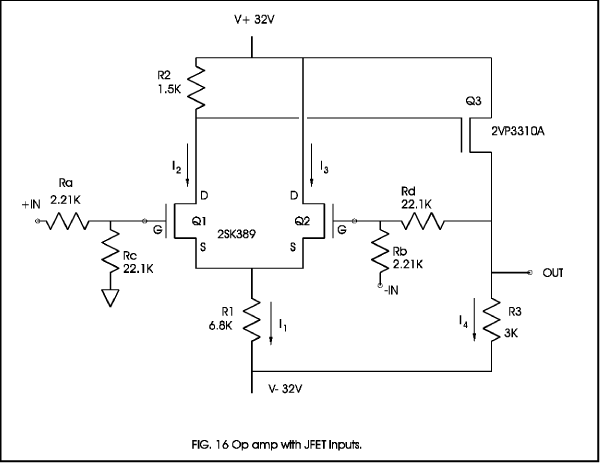NewYorkDave
Well-known member
"is this the kind of stuff you had in mind with this thread Dave?"
Well... no, not exactly. I was thinking of op-amps.
The notion of amplifiers optimized for different tasks has a lot of merit. But for the purpose of this thread, I was really thinking of an op-amp circuit for general-purpose use in audio, with useful closed-loop gain of at least 40dB or so. If we're willing to use different amp types for, say, preamps, mixing amplifiers, line amplifiers, equalizers, buffers, etc. then we needn't mess with the op-amp topology at all. Simpler two- and three-transistor circuits could fulfill these functions. But sometimes you need an inverting amp, sometimes you need a noninverting amp, sometimes you really need a diff input with equal input impedances. If you're only using one amp "module" for the whole project, an op-amp topology allows you the freedom of choice.
"I think the biggest reason why there was a divergence between the use of integrated opamps and discrete opamps in audio back in the 70's was the problem of driving a line at +0db. The then available integrated amps (lm741, 4558, 5534, etc.) just couldn't do it "
You don't specify what reference you're using for "0dB", but a 5534 can do +20dBM into 600 ohms. You can use a 5532 with both amps in parallel with small series resistors on the individual outputs (or in a push-pull arrangement) for even greater output. I definitely wouldn't mention the 5534/32 in the same breath as the 741 and 4558!
Probably the biggest problem with the 741 was that it was so slow it couldn't reproduce the top of the audio band accurately.



































